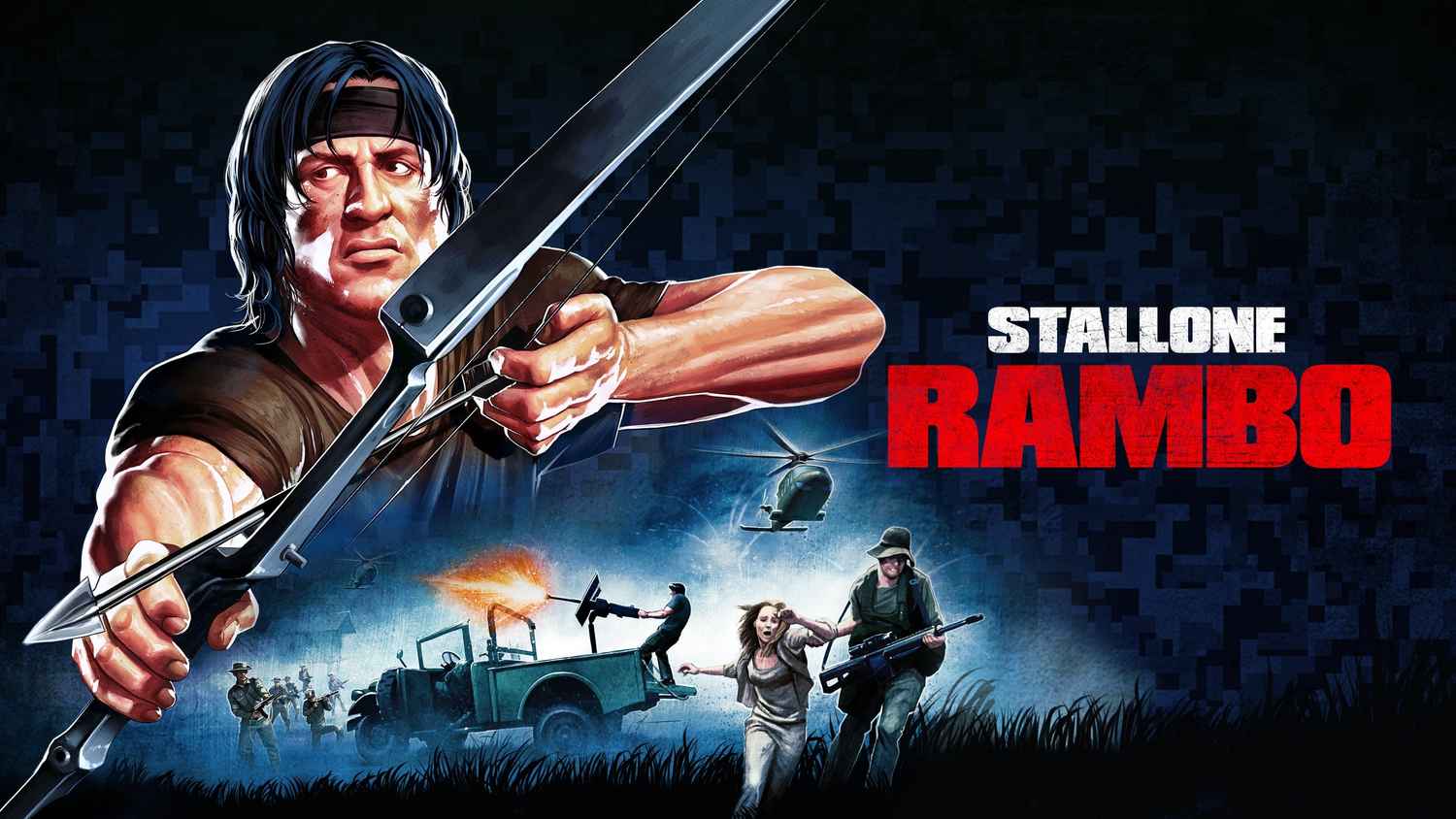

The scene at the end of First Blood, in which Rambo breaks down and describes holding his friend’s body parts in his hands and trying to put him together, is one of the best moments of Stallone’s career because it’s harrowing in its sense of honesty.

While it’s easy to get swept up in the action of the films, particularly in those following First Blood, which 100 percent internalize Reagan’s statement on the Soviet Union being the “evil empire,” Rambo delivers a number of truth bombs that define his character just as much as his prowess with firearms. What’s unique about the character, whose first three entries spanned the entirety of Ronald Reagan’s presidency, is that, unlike other action heroes at the time, Rambo isn’t indoctrinated with the idea of American infallibility, nor is he entirely supportive of war efforts pushed by politicians. While Rambo’s death is arguably a more realistic ending, one that would likely have been embraced in the ’70s, his survival is a testament to Stallone’s conscientious investment in veterans and repeated thematic interest in hope at the end of the long, lonely road of darkness. The film, due to Stallone’s urging and script revisions, allows Rambo to live. In the novel, Rambo, fully aware that his story can only end in death, is shot and killed by Colonel Sam Trautman. But other than location and body count, it largely stays true to Morrell’s novel, that is until the ending. The film adaptation, directed by Ted Kotcheff, moves the action to Hope, Washington, and Rambo only kills one man intentionally. After being arrested he escapes from the local jail and flees into the mountains, killing several police officers and National Guardsmen in the ensuing manhunt. A homeless vagrant dealing with PTSD, Rambo runs up against small-town cops in Kentucky. Ten years before he made his film debut, and forever became synonymous with Stallone, the character Rambo first appeared in David Morrell’s 1972 novel, First Blood. But as John Rambo yelled 37 years ago, in an outburst that raged against an uncaring American system that gobbled him up as part of its war machine, “Nothing is over! Nothing! You just don’t turn it off!”įirst Blood (1982) was never meant to be a franchise, yet here we are four entries later with a character who has evolved from a cautionary tale about the U.S.’ poor treatment of Vietnam veterans, to a political action hero during the Cold War, a nihilist unable to find his way back home, and finally a relic we can’t fully remember or reconcile with in this modern world. The tunnel system he’s built under the ranch house and the multitude of prescription bottles are evidence of a man processing his trauma, or as John says, keeping “a lid on it.” His war is seemingly over, and so seemingly are the remnants we’ve come to associate with the Rambo nee First Blood franchise. While his mournful eyes and military service medals line the walls suggest his history, this is a man who is civilized, a functioning member of society with an identity befitting someone more recognizable by their first name than their last.

No longer alone, Rambo has found a family at his father’s horse ranch with a seemingly platonic partner, Maria Beltran (Adriana Barraza), and her granddaughter, Gabrielle (Yvette Monreal), who refers to John as her “uncle.” Uncle John is essentially who Rambo has become. They’ve been replaced with short hair, a cowboy hat and the attire of a farmer. Gone are the long hair, makeshift sweatband and weather-worn military paraphernalia. When we meet Sylvester Stallone’s John Rambo in Rambo: Last Blood, he’s different from the action icon we’ve come to know over the decades.


 0 kommentar(er)
0 kommentar(er)
